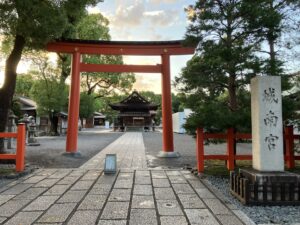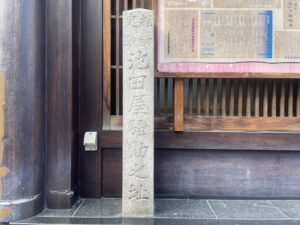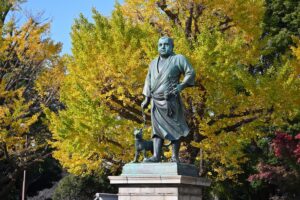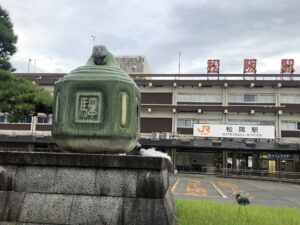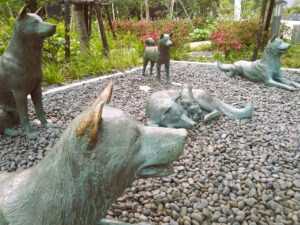Japanese castles are a reflection of the nation’s history, culture, and architectural innovation. Originally constructed for military purposes, these fortresses have become symbolic landmarks that offer insights into Japan’s feudal past. In this article, we’ll explore the evolution of Japanese castles, their unique design features, and the best castles to visit for a deeper understanding of Japanese history.
The History and Evolution of Japanese Castles
Japanese castles have a rich history, originating as simple fortifications and evolving into powerful symbols of military strength and cultural heritage. These structures played crucial roles in feudal Japan, particularly during the Sengoku (Warring States) period, when warfare between regional lords led to the widespread construction of castles. The architectural and strategic innovations made during this time cemented their place in Japanese history. By the Edo period, however, the role of castles shifted from defense to administration, reflecting the era’s peace under the Tokugawa shogunate.
Castles in the Sengoku Period
During the Sengoku period, Japanese castles served as fortresses designed for defense amidst continuous warfare. These castles, built on mountaintops or surrounded by natural defenses, provided secure bases for feudal lords. Famous castles like Azuchi and Osaka became significant military centers, showcasing advanced defensive features such as concentric walls, steep stone bases, and fortified gates.
The Transition During the Edo Period
The Edo period marked a transition for many castles. While they maintained their imposing structures, their primary role shifted from war to governance. Castles became administrative hubs, housing bureaucrats and serving as a center of local power. The peaceful era allowed for the beautification of these structures, turning them into cultural landmarks rather than military fortifications.
Architectural Masterpieces: Design and Defense Features
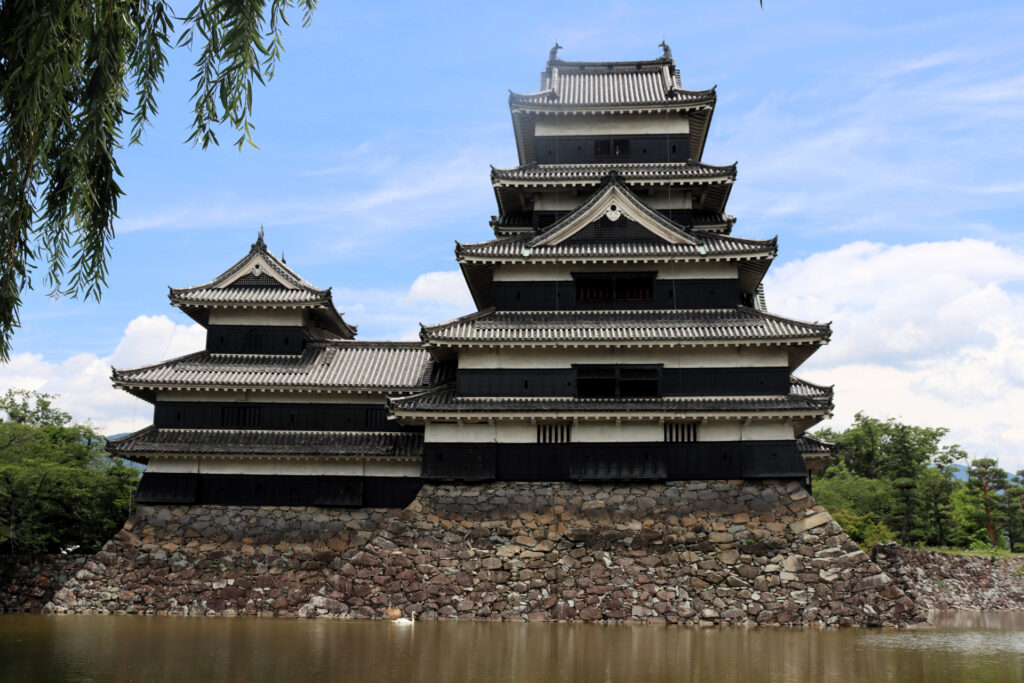
Japanese castles are renowned for their architectural beauty and strategic design. One of the most iconic elements of a Japanese castle is the tenshu, or main keep, often perched on a stone foundation. The defensive systems incorporated moats, walls, and natural features, making them formidable against invaders.
Moats, Walls, and Keeps: The Defense Systems
Moats, often filled with water, surrounded the castles, creating a barrier against enemy forces. Steep walls and multi-tiered gates provided layers of defense, while the towering keeps served as command centers and symbols of the lord’s power. These features made it difficult for enemies to breach the strongholds.
Integration with Natural Landscape
A unique characteristic of Japanese castles is their integration with the natural environment. Castles were often built on hills or near rivers, using the terrain to their advantage. For example, Matsuyama Castle is built on a hill, offering a natural defensive advantage, while Takeda Castle is surrounded by mountains, blending seamlessly with its surroundings.
Famous Castles to Visit in Japan
Japan boasts some of the most well-preserved castles in the world, each offering a glimpse into the country’s feudal past. These structures not only represent historical military power but also have become cultural landmarks attracting millions of visitors each year.
Himeji Castle: The White Heron
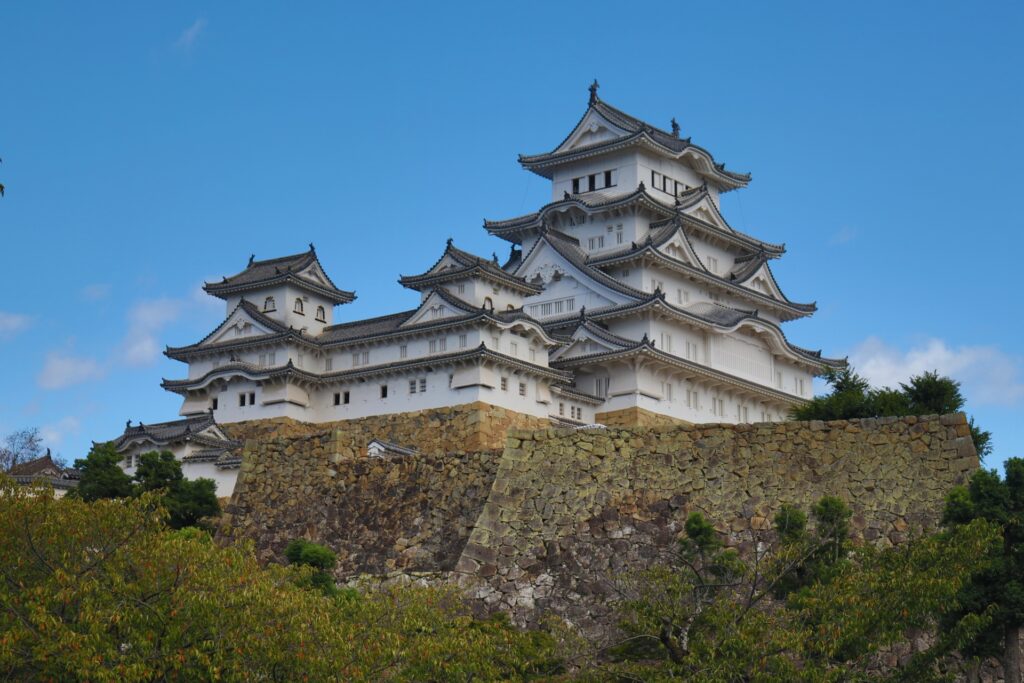
Himeji Castle, often referred to as the “White Heron” due to its graceful, bird-like appearance, is the largest and most visited castle in Japan. It is known for its stunning white facade, intricate design, and defensive features that have made it a UNESCO World Heritage site.
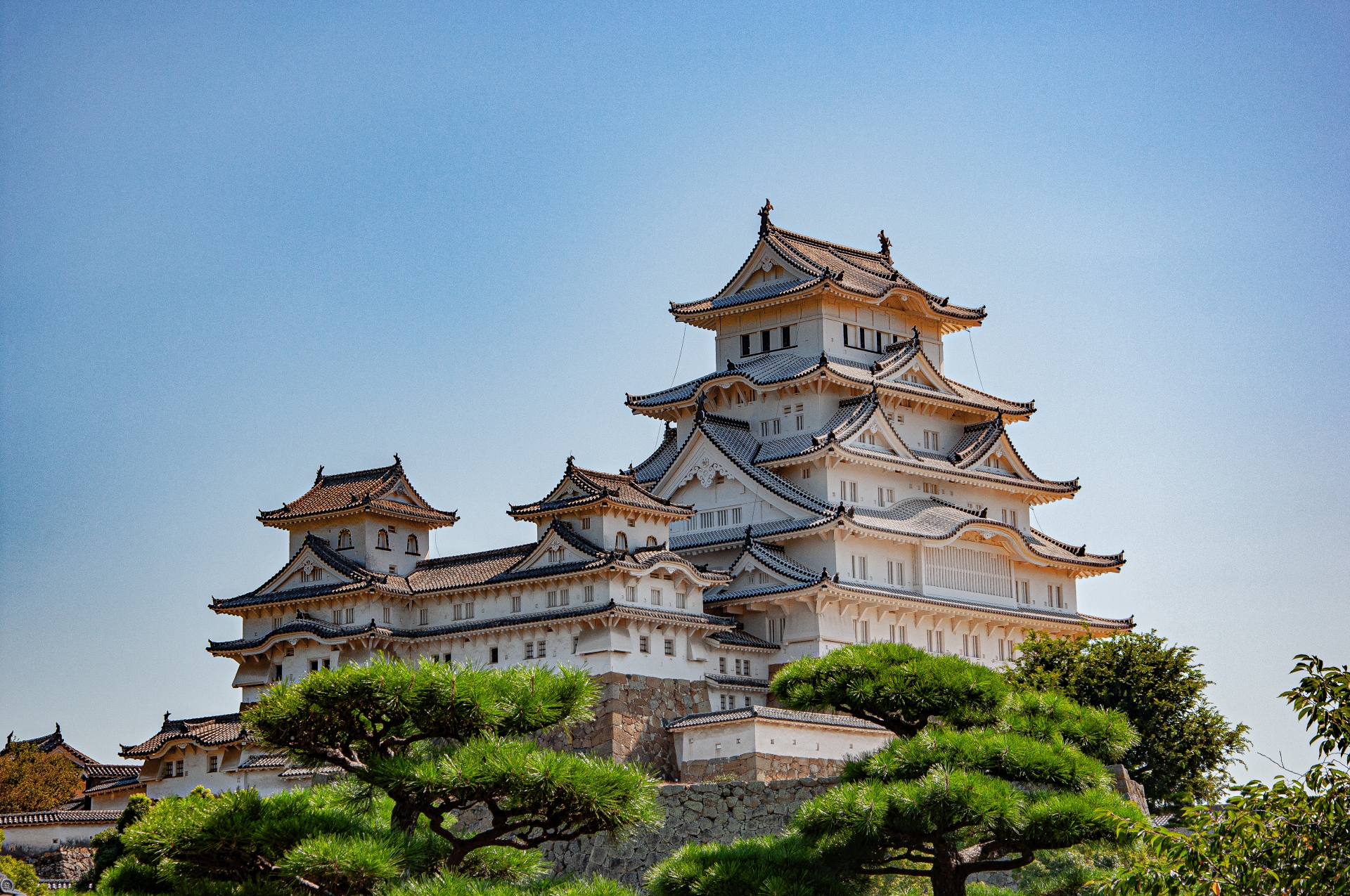
Osaka Castle: A Symbol of Power
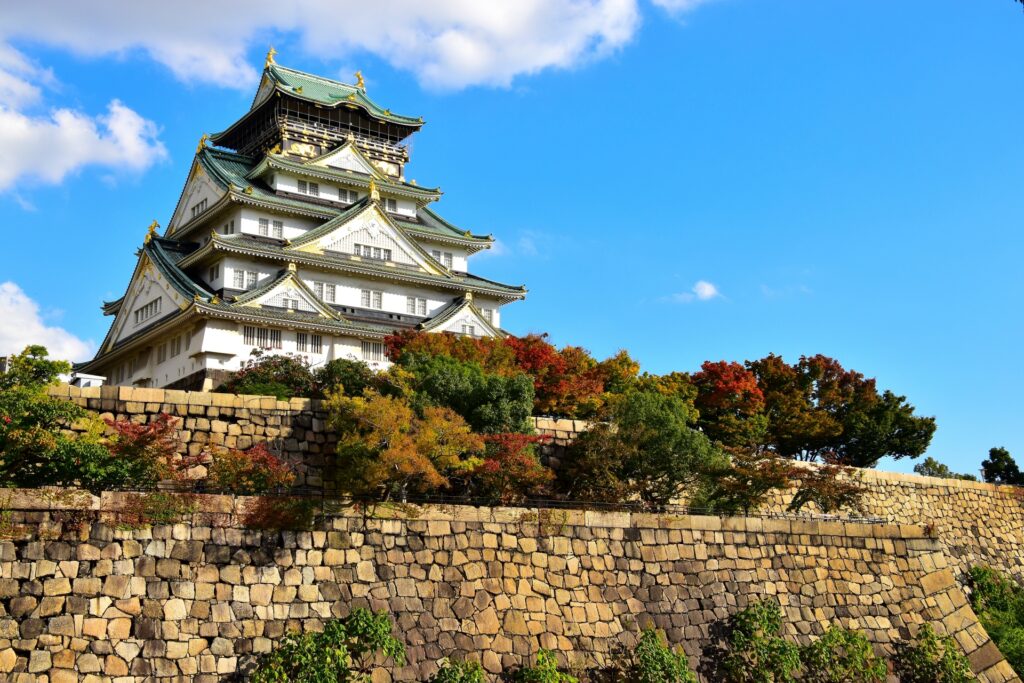
Osaka Castle, originally built by Toyotomi Hideyoshi, played a crucial role in Japan’s unification. The current structure is a reconstruction, but it remains a symbol of power and resilience. Visitors can explore its extensive grounds and museum, which tells the story of Osaka’s pivotal role in Japanese history.
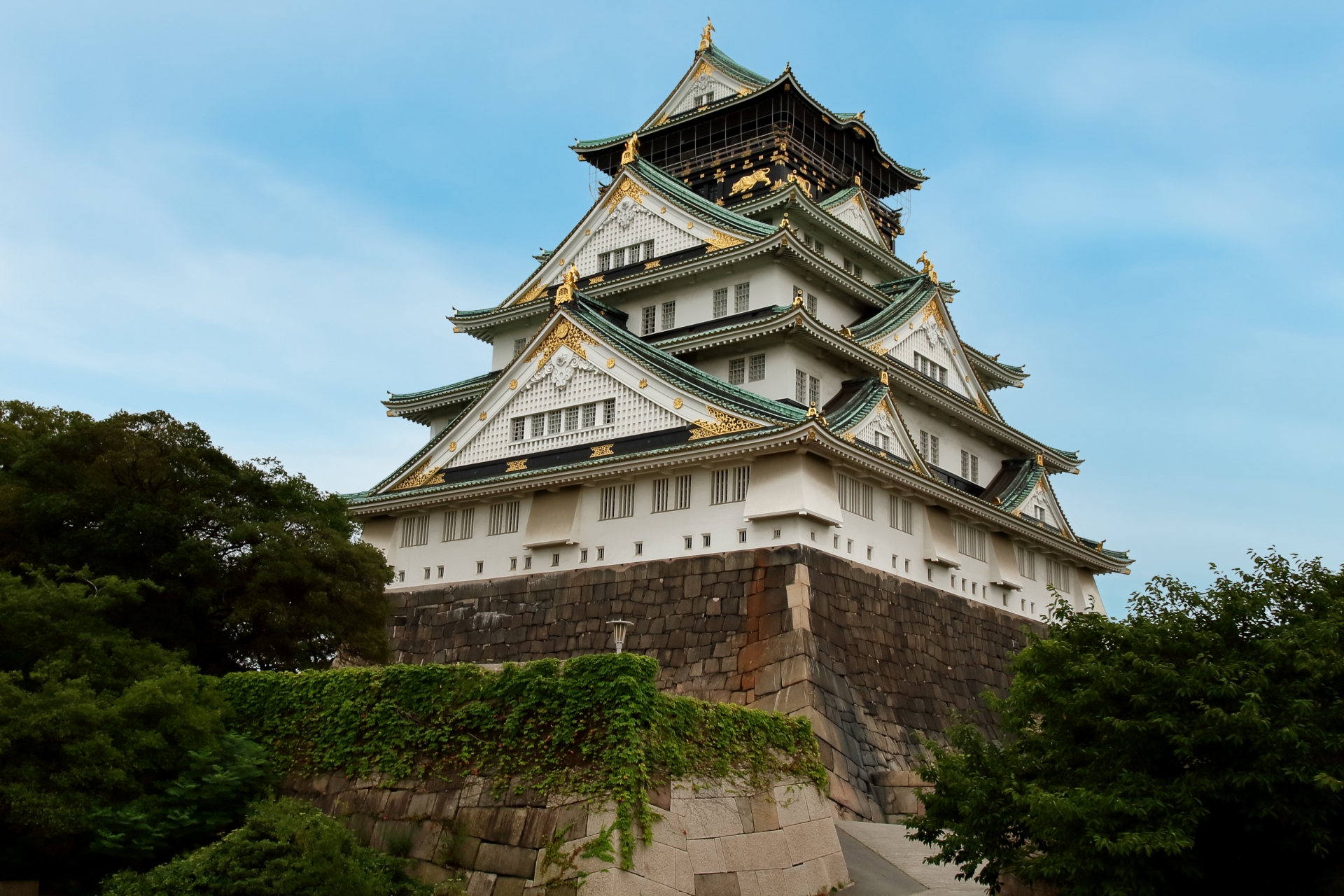
Goryokaku: The Star Fort
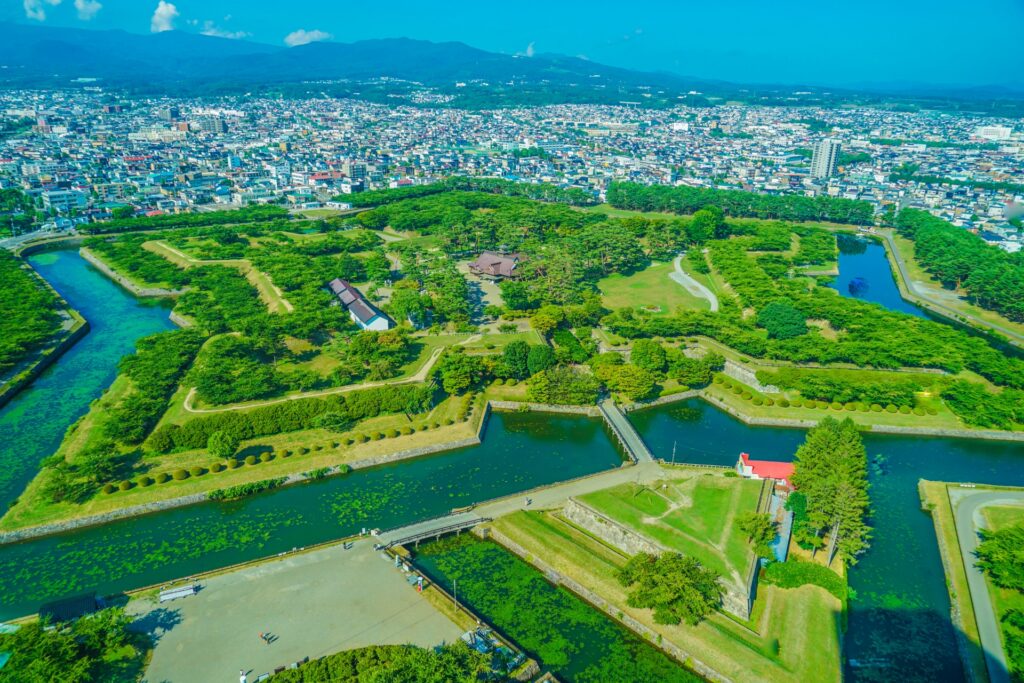
Located in Hakodate, Goryokaku is a star-shaped fortress with a unique design inspired by Western fortifications. It played a crucial role during the Boshin War and has since been transformed into a beautiful park, known for its cherry blossom viewing.
Nagoya Castle: A Symbol of Rebirth

Nagoya Castle, once a stronghold of the Tokugawa shogunate, was destroyed during World War II. Its reconstruction, however, has turned it into a symbol of rebirth and cultural preservation. The ongoing restoration of its original wooden structures reflects Japan’s commitment to preserving its historical heritage.
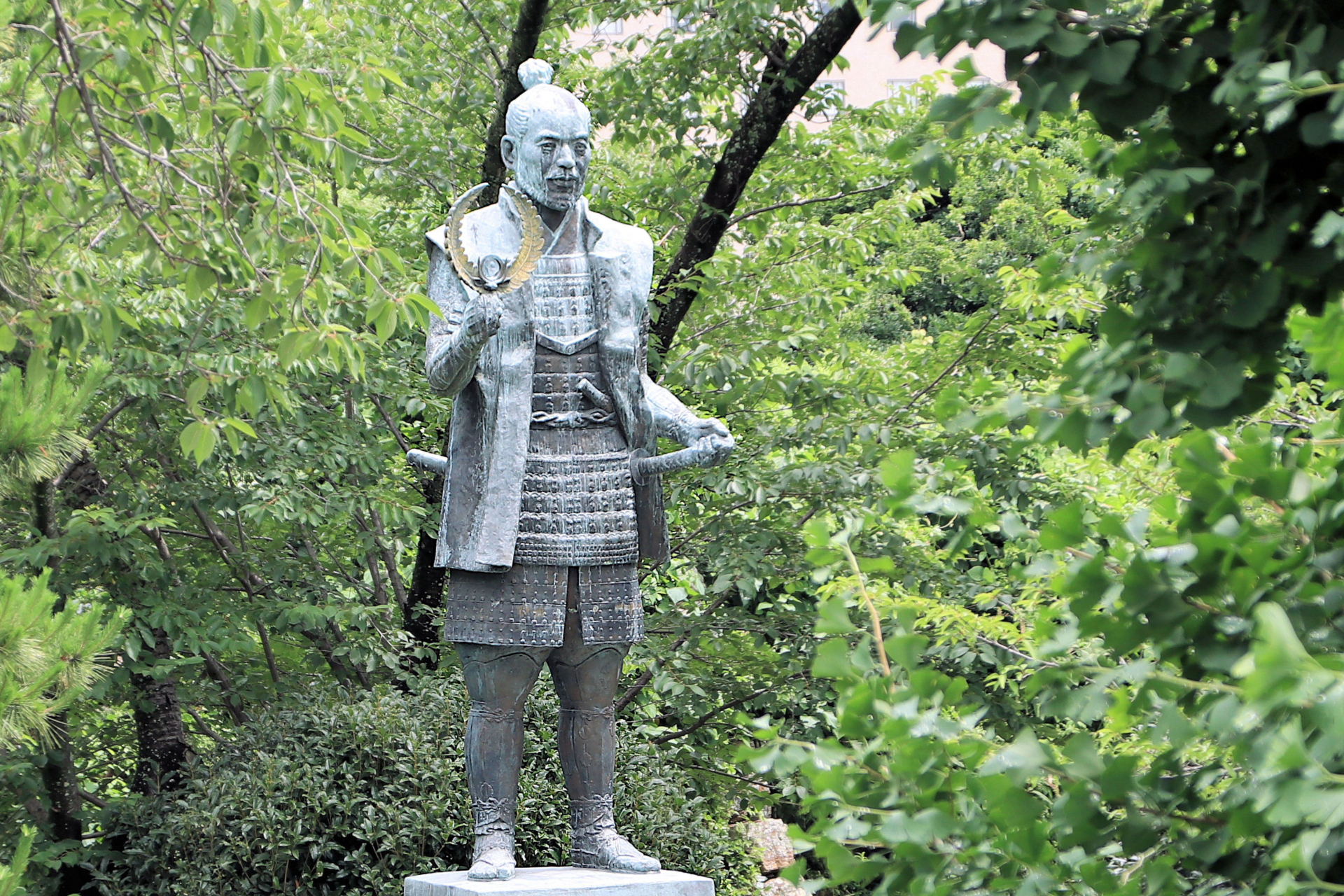
Matsumoto Castle: The Black Castle
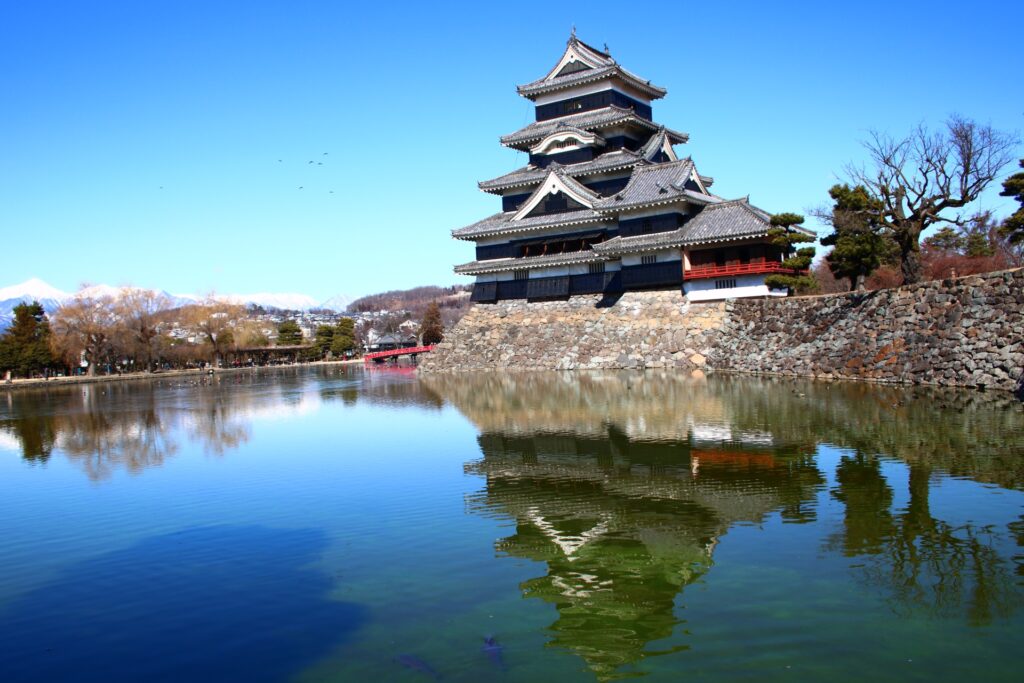
Matsumoto Castle, often referred to as the “Black Castle,” earns its name from the black lacquered panels on its exterior walls, giving it a striking and imposing appearance. The dark color stands in stark contrast to its mountainous surroundings, creating an iconic silhouette. Some have mistakenly called it “Crow Castle,” but the Matsumoto Castle Management Office has confirmed that no historical documents support this name. Instead, the castle’s alternate name is “Fukashi Castle,” which was its original name before being renamed Matsumoto Castle.
As one of Japan’s oldest surviving castles, Matsumoto Castle is unique in retaining its original wooden interiors. Its complex design, including multiple keeps and turrets, was constructed during the Sengoku period to withstand both warfare and natural disasters. Visitors today can explore its history while admiring the breathtaking views of the Japanese Alps, making it one of Japan’s most popular and well-preserved castles.
Hidden Gems: Lesser-Known Castles in Japan
While famous castles like Himeji and Osaka attract millions of visitors, Japan is home to many lesser-known castles that offer a more intimate historical experience. These hidden gems are perfect for travelers looking to explore Japan’s rich past without the crowds.
Shuri Castle in Okinawa
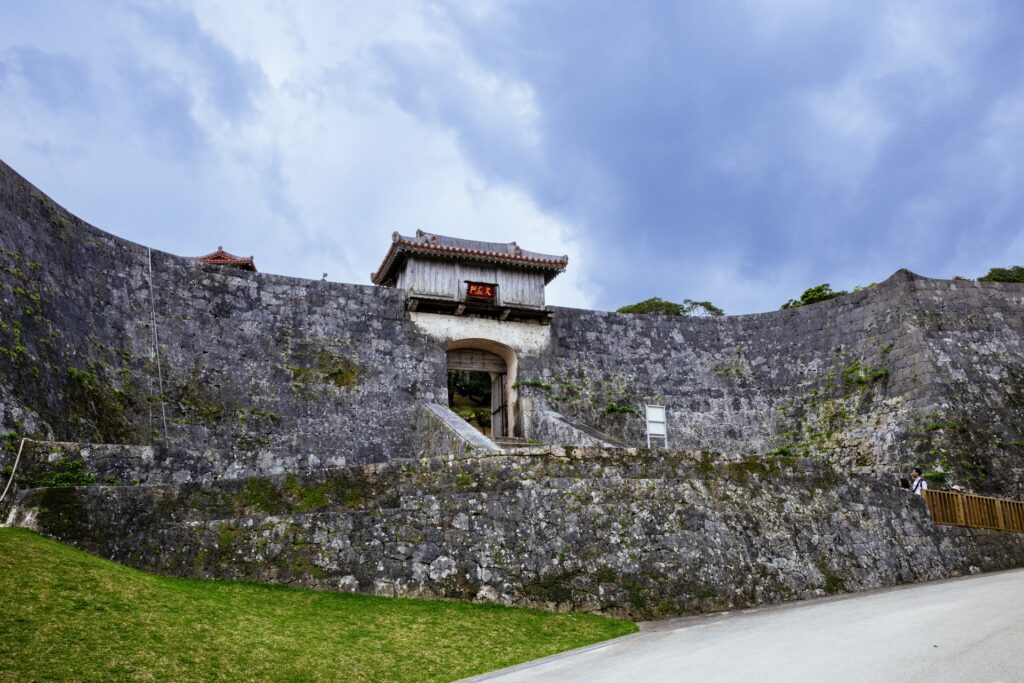
Shuri Castle in Okinawa stands out for its unique architectural style influenced by Ryukyu culture. Although destroyed in a fire in 2019, efforts are underway to rebuild this important cultural site, ensuring its place in Okinawa’s rich history.
Kochi Castle
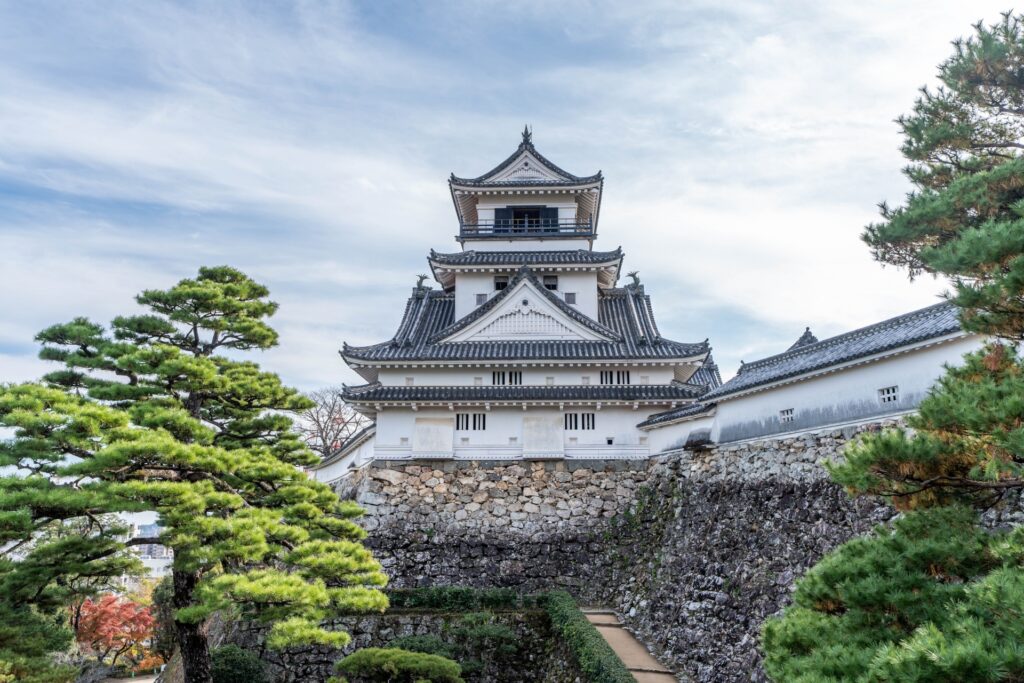
Kochi Castle is one of the few original castles that remains intact. It offers a complete view of a feudal lord’s residence, with its keep, gates, and walls all in their original form. It’s a must-visit for history enthusiasts.
Reconstruction and Preservation of Japanese Castles
The preservation of Japanese castles is a delicate balance between maintaining historical accuracy and modern restoration techniques. Many castles have undergone significant reconstruction, particularly after damage from wars or natural disasters.
Challenges in Restoration Projects
Restoring ancient castles is no easy feat. Preservationists must use modern materials while staying true to the original design. In some cases, such as with Nagoya Castle, wooden materials are being reintroduced to replace earlier concrete restorations, ensuring historical authenticity.
Staying in a Japanese Castle: A Unique Experience
For a truly unique experience, visitors can stay in some Japanese castles that have been converted into accommodations. These stays offer a glimpse into the life of a feudal lord, complete with traditional Japanese meals and immersive cultural activities.
Popular Castles Offering Stays
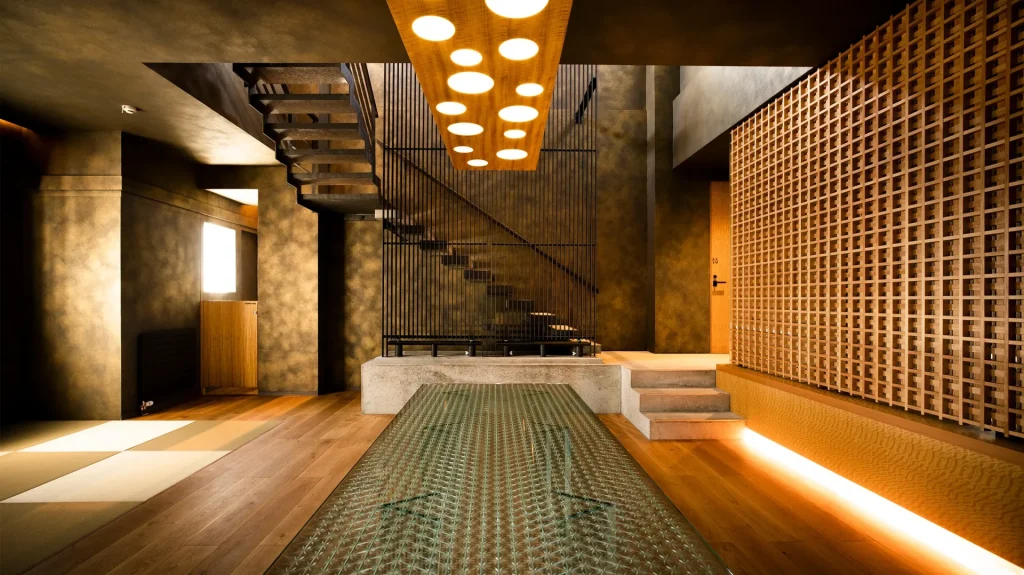
Castles such as Hirado and Ozu offer exclusive accommodations for visitors. These stays provide not only a comfortable night’s sleep but also cultural experiences such as tea ceremonies and samurai performances.
Reference1: 平戸城 懐柔櫓 Castle Stay
Reference2: 【Official】Ozu Castle Stay




